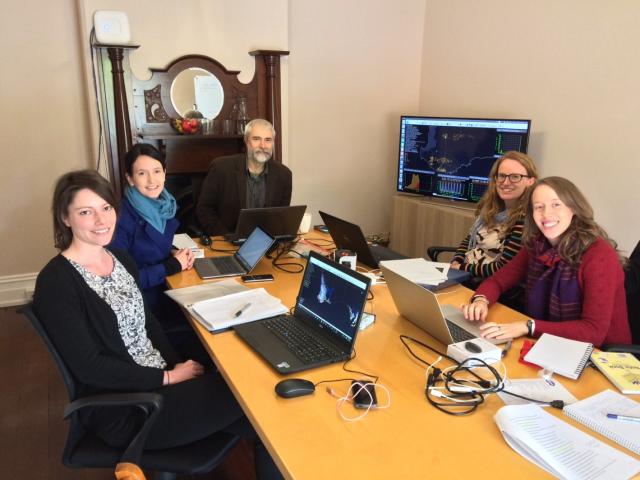DPIRD adopts new disease model to fight FMD

The Department of Primary Industries and Regional Development (DPIRD) has expanded its capabilities in foot-and-mouth disease (FMD) risk management using a new disease modelling program.
FMD is a highly contagious, viral disease exotic to Australia. Western Australia has several strategies in place to mitigate the risk of FMD introduction and respond effectively should an outbreak occur. These strategies are constantly evolving to reflect advancing knowledge in the field and a variety of decision support tools are employed to guide this process.
One such tool is disease modelling, which allows analysis of hypothetical outbreak scenarios. The results of these simulations guide decision making by providing informative insights, such as how the disease may spread under varying conditions of entry, or what activities would be most effective in controlling spread.
The Australian Animal Disease Spread model (AADIS) is a new national-scale model of livestock disease spread developed by the Department of Agriculture and Water Resources in partnership with the University of New England. It uses a novel combination of two modelling approaches to simulate disease spread both within and between herds via five possible transmission pathways.
The model also allows many configurable parameters, including the source of incursion (location and/or herd type), outbreak start date, time to detection, and a range of control or management activities. The ability to change these factors provides great scope for exploring diverse outbreak scenarios and testing control strategies.
DPIRD veterinary epidemiologist Dr Johanna Dups and veterinary officer Dr Katie Webb attended a three-day AADIS training workshop in October last year.
“AADIS is a powerful new tool to explore potential outbreak scenarios and control options. The workshop familiarised us with the program and highlighted the numerous ways it can be used to inform FMD risk mitigation and response strategies,” Dr Dups said.
Dr Dups also noted that a key feature of AADIS was its flexibility.
“During the workshop we were encouraged to identify areas that could be modified to better reflect the situation in Western Australia.
“We also learned that AADIS can be adapted to model diseases other than FMD. For instance, work is currently underway to modify AADIS for bluetongue virus disease modelling,” Dr Dups said.
Australia’s disease-free status provides access to many valuable export markets that would otherwise not be available, with a potential outbreak of FMD having serious economic consequences.
The Australian Bureau of Agriculture and Resource Economics and Science has reported that a large, multi-state outbreak of FMD in Australia would cost an estimated $52 billion over 10 years. Early detection is important to mitigate the impact of a potential FMD incursion. Producers and private veterinarians are encouraged to report signs of FMD such as lameness, drooling and blisters in the mouth and on the feet, tongue, snout and teats of cloven-hoofed animals to the Emergency Animal Disease hotline on 1800 675 888.
Dr Dups and Dr Webb will attend a second AADIS training workshop in April with a focus on simulating outbreak scenarios relevant to WA. Information from these modelling runs will be used in a project to analyse return on investment for surveillance activities in WA.
Visit our webpage for information on how to recognise the signs of foot-and-mouth disease.
